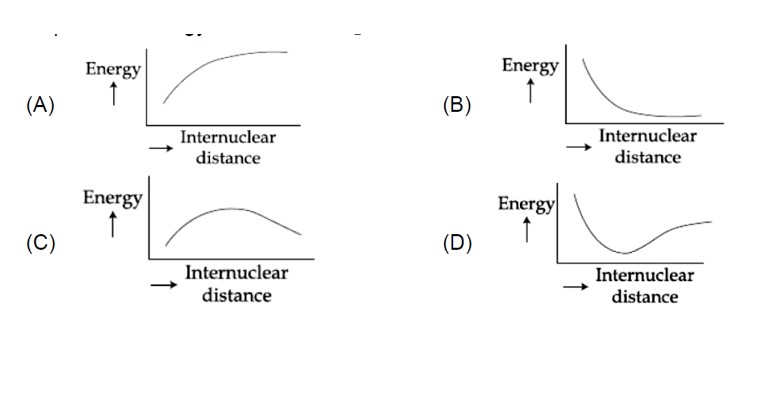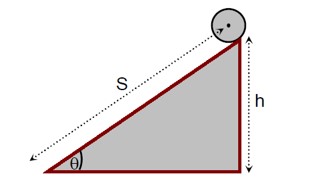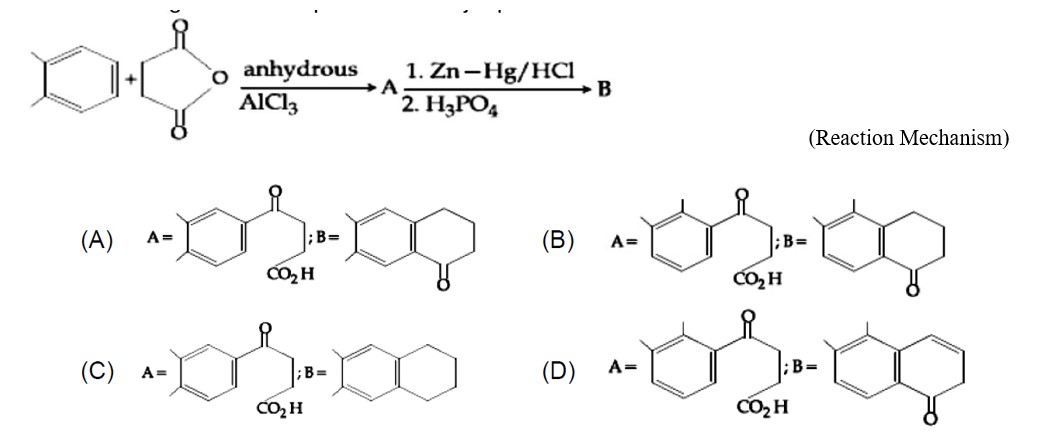Class 11th
Get insights from 8k questions on Class 11th, answered by students, alumni, and experts. You may also ask and answer any question you like about Class 11th
Follow Ask QuestionQuestions
Discussions
Active Users
Followers
New answer posted
2 months agoContributor-Level 10
With decrease in inter-nuclear distance, the potential energy of the system decreases, reaches a minimum value and then sharply increases due to rise in inter-electronic as well as inter-nuclear repulsions
New answer posted
2 months agoContributor-Level 10
The number of revolutions can be found using the rotational kinematic equation for angular displacement (θ):
θ = (ω_initial + ω_final)/2 * t
Number of revolutions = θ / 2π
Number of revolutions = [ (ω_final + ω_initial) * t] / (2 * 2π)
Based on the numerical values provided in the document, the calculation is:
Number of revolution = [ (2π * 3360/60 + 0) * t] / (2 * 2π) . with further calculation yielding the result:
Number of revolution = 728
New answer posted
2 months agoContributor-Level 10
The equations for an object rolling down an inclined plane without slipping are:
· Force equation: mg sinθ - f_s = ma
· Torque equation: f_s R = Iα
Since a = αR, we can write f_s = Iα/R = Ia/R².
Substituting this into the force equation:
mg sinθ - Ia/R² = ma
mg sinθ = a (m + I/R²)
a = (mg sinθ) / (m + I/R²)
The time taken to travel a distance S is given by S = ½ at², which means t ∝ 1/√a. Therefore, the object with the largest acceleration (a) will arrive first.
The problem is analyzed for different bodies:
· Ring: I =
New answer posted
2 months agoContributor-Level 10
R_eq = R? + R?
L_total / (K_eq * A) = L? / (K? A) + L? / (K? A)
Assuming L? = L? = l, L_total = 2l
2l / (K_eq * A) = l/ (K? A) + l/ (K? A)
2/K_eq = 1/K? + 1/K? = (K? + K? )/ (K? )
K_eq = 2K? K? / (K? + K? )
New answer posted
2 months agoContributor-Level 10
In water gas shift reaction carbon monoxide is oxidized into carbon dioxide by treating it with steam in presence of catalyst.
New answer posted
2 months agoContributor-Level 10
U = U? + U? = (n? /N_A) (F? R/2)T? + (n? /N_A) (F? R/2)T?
For the mixture: U = (n? +n? )/N_A * (FR/2)T
F = (n? F? + n? F? ) / (n? + n? )
Equating the expressions for U and solving for T gives:
T = (n? F? T? + n? F? T? ) / (n? F? + n? F? )
New answer posted
2 months agoContributor-Level 10
P? - P? = 4T/a
P? - P? = 4T/b
P? - P? = 4T (1/a - 1/b)
Also, P? - P? = 4T/r
4T/r = 4T (1/a - 1/b)
1/r = (b-a)/ab
r = ab / (b-a)
New answer posted
2 months agoContributor-Level 10
η = 1 - T_C / T_H
η = 1 - 400/800 = 1 - ½ = ½
η = W/Q_H ⇒ ½ = W/Q_H ⇒ Q_H = 2W = 2 * 1200 = 2400 J
Taking an Exam? Selecting a College?
Get authentic answers from experts, students and alumni that you won't find anywhere else
Sign Up on ShikshaOn Shiksha, get access to
- 65k Colleges
- 1.2k Exams
- 679k Reviews
- 1800k Answers




